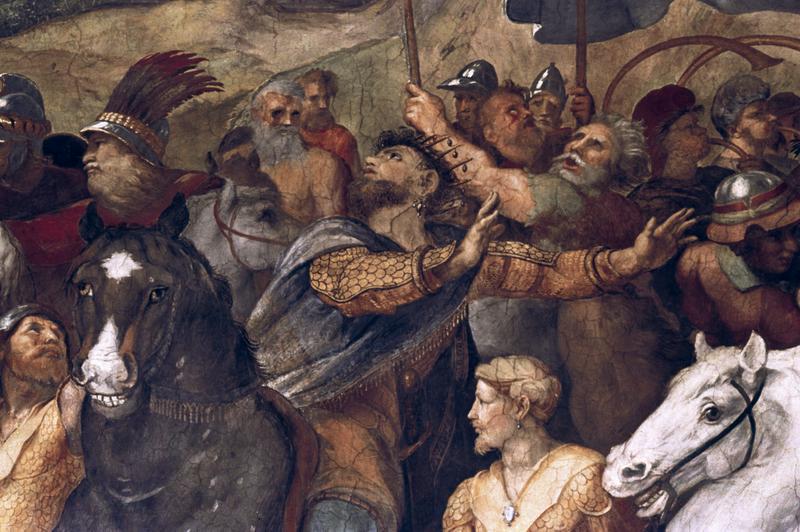Who Was Attila The Hun?
By | August 25, 2021

Attila the Hun was called the Scourge of God by many of his European contemporaries, as he was famous for brutal battles, razing cities, and massacring civilians, including women and children. However, much is a mystery about both Attila and the Huns, who had a massive impact on Europe and Asia Minor during the fourth and fifth centuries but more or less dispersed into different regions after the demise of their great ruler. Their origins are unclear, as they likely came from a lineage of nomadic peoples, and though they taught their children Latin in order to communicate with the outside world, their own language is still not well understood.
What can be said is that they were epic warriors who used cranial deformation to give their heads a larger, elongated appearance and trained their males from infancy to endure pain, even scarring or burning the newborn's cheek on the day of a son's birth. Though often called "barbarians" due to their nomadic lifestyle and ruthlessness, it was actually their technological superiority that made them so successful, thanks to their long range composite bow and unique high front and back saddle.

Attila's birth date is likewise unknown, but most evidence shows that he was born around the cusp of the 400s, the nephew of the previous ruler, Ruga. Attila and his brother, Bleda, wasted little time making their presence known in Europe and invaded the Eastern Roman Empire despite having a treaty with them. Strangely, one of their greatest allies was a former prisoner of war, Aetius of the Western Roman Empire, who assisted them in attacking the Burgundians, almost wiping their people out entirely. Aetius also used the Huns almost as a mercenary force to push around the Goths and Franks who threatened the Roman power monopoly over much of Europe.
This relationship could exist between the Western Romans and the Huns because, despite their mastery of war, Attila's Huns were not the conquering type. They made their money by offering "protection" to the various people of Europe for payment, ranging anywhere from 700–2,100 lbs. of gold per year. Basically, it was like the mafia but on a global scale and with a lot more horses.
Attila went on to invade the Balkans, raid Constantinople, and literally burn Naissus to the ground and throw the bodies of all of the inhabitants into the riverbed. Despite being paid, Attila continued to attack the Eastern Romans, then rampaged across the Balkans and into Greece, killing untold numbers of soldiers and civilians and remaining undefeated despite wave after wave of pushback.

Legends spread that Attila had the Sword of Mars, the Roman god of war, and after so much death, he finally did what no one had done before: unite the many peoples of Europe to the point that they actually put their conflicts aside and decided to attack him together. The Battle of Catalaunian Fields defined the very future of Europe, as his old friend Aetius led forces against him, and despite heavy casualties, the Romans—alongside the Franks, Alans, and Goths—managed to defeat him. It was the first and only defeat of Attila's reign.
But nothing could keep the Scourge down for long, and soon, he made it to Italy, where he was supposedly talked down from further violence by Pope Leo, though documentation of the alleged event is scarce. In the end, it was not war that ended Attila but love, or at least the celebration of it. After drinking heavily on the eve of his third wedding, he got a nosebleed (perhaps in a drunken accident) which choked him to death after he passed out from the revelry. It is said that he was buried in a coffin made of gold, silver, and iron, and to keep anyone from finding and desecrating their beloved leader's remains, his servants buried him in a secret location before being killed themselves.

